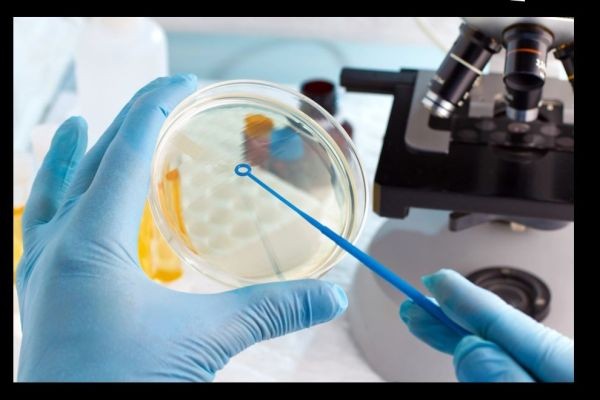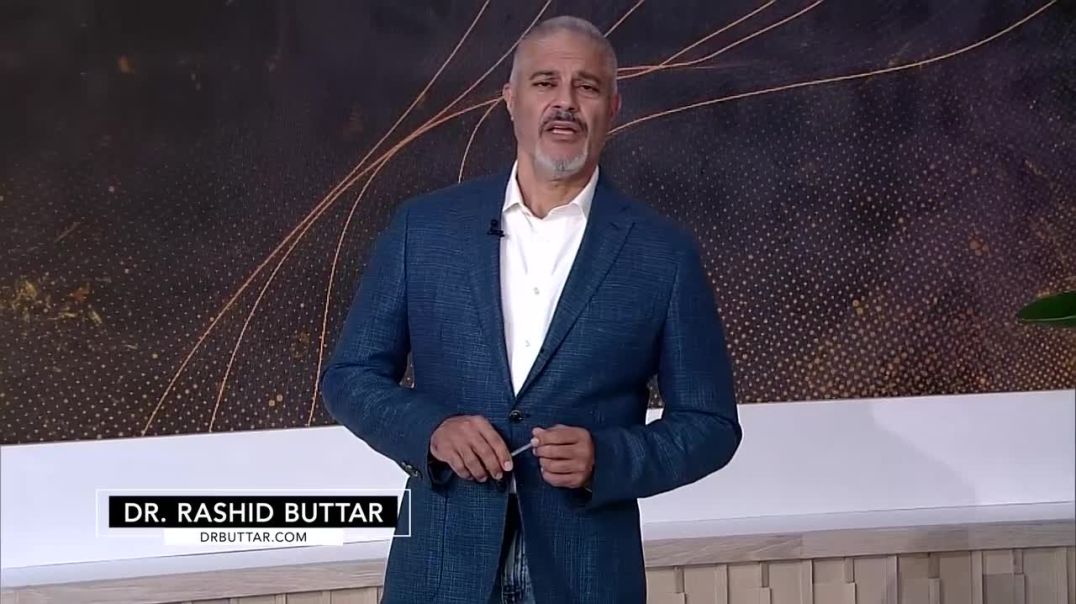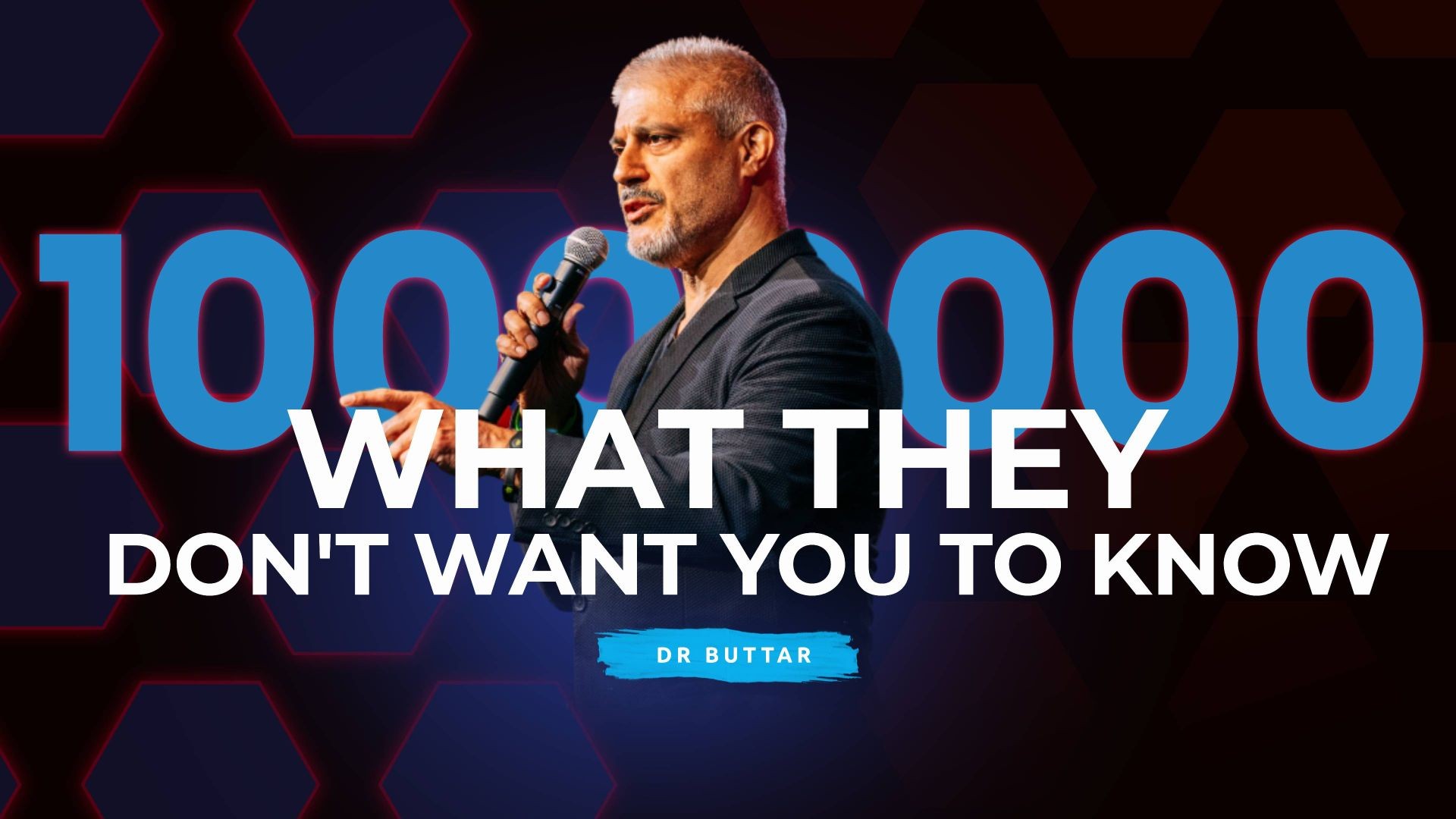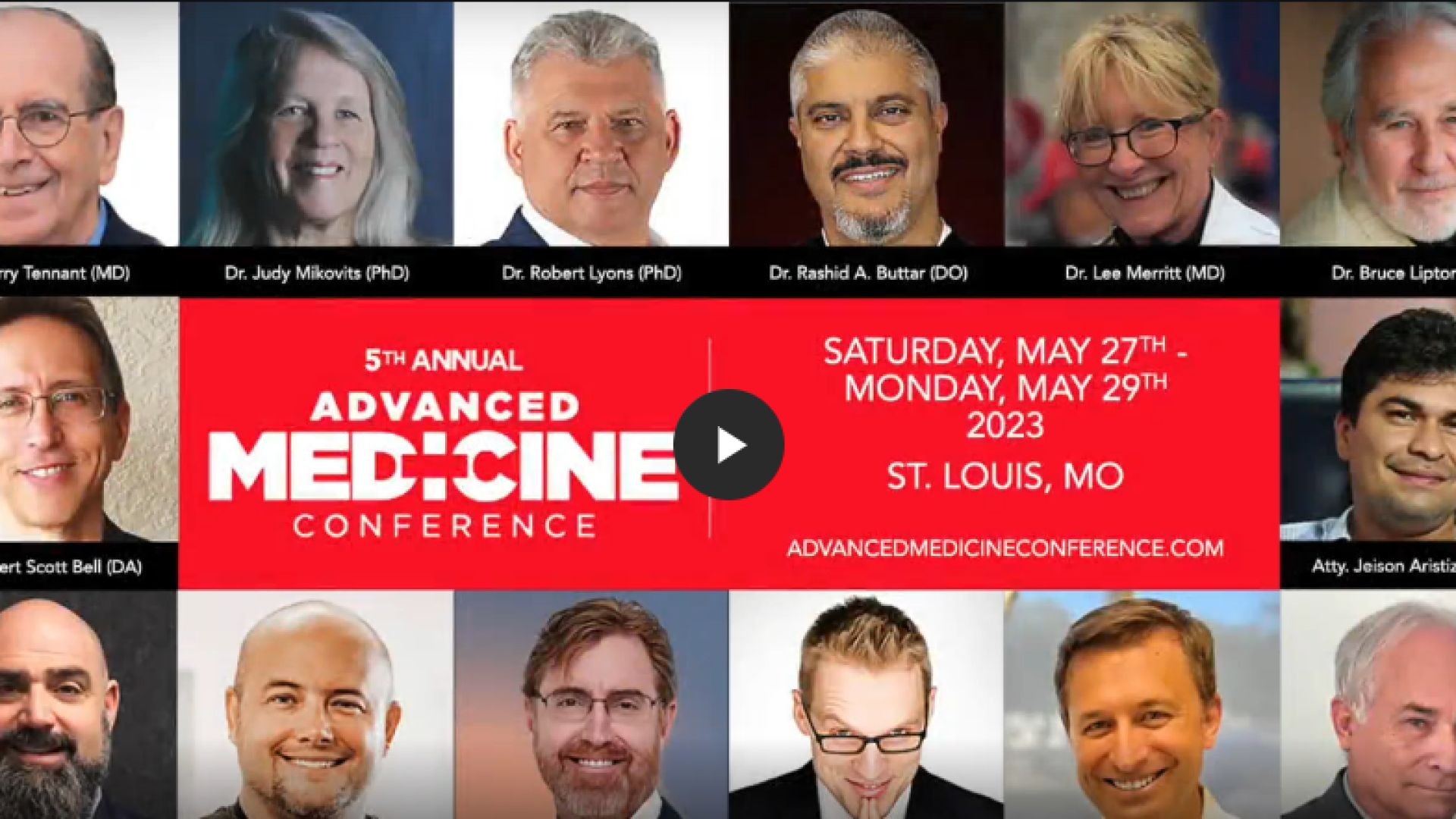BY
Whereas most Americans probably have heard of Louis Pasteur (1822–1895), it is doubtful that many are familiar with the name and work of Antoine Béchamp (1816–1908). The two nineteenth-century researchers were scientific contemporaries, compatriots and fellow members of the French Academy of Science, but key differences in their views on biology and disease pathology led to a prolonged rivalry both within and outside of the Academy.1
Béchamp was the more brilliant thinker, but Pasteur had political connections, including Emperor Napoleon III. Reportedly not above “plagiarising and distorting Béchamp’s research,”2 Pasteur achieved fame and fortune largely because his views “were in tune with the science and the politics of his day.”1 Meanwhile, mainstream medical historians relegated Béchamp’s ideas—not as attractive to conventional thinkers—to the intellectual dustbin.3
Pasteur’s promotion of germ theory (a flawed notion that he did not so much “discover” as repackage) has remained “dear to pharmaceutical company executives’ hearts” up to the present day,4 having laid the groundwork for “synthetic drugs, chemotherapy, radiation, surgical removal of body parts and vaccines” to become the “medicine[s] of choice.”5 The unshakeable belief that there is one microbe for every illness is so ingrained as the “controlling medical idea for the Western world” that competing ideas about disease causation still have difficulty gaining traction.6
Over a century after the two Frenchmen’s demise, why bother to revisit their place in history? The answer is that the scientific (and industry) bias in favor of Pasteur’s model has not served the public’s health—to the contrary. Two decades into the twenty-first century, dismal national and international health statistics utterly belie the hype about medical advances.7 In the U.S., for example, over half of all children have one or more chronic conditions,8 as does a comparable proportion of millennials9 and up to 62 percent of Medicaid-population adults.10 Most health care dollars spent in the U.S. (86 percent) are for patients with at least one chronic condition.10 Similar trends are on the rise around the world.11
For those who are able to steel themselves against medical propaganda, it is abundantly clear that the Pasteurian paradigm has failed to deliver. With Americans in such a shocking state of ill health,12 we cannot afford to let the profit-driven pharmaceutical perspective continue to dominate. As one writer more bluntly puts it, “The sooner we get over the legacy of Pasteur’s fake science and get back to reality the better.”13
CELEBRITY VS. HERETIC
History awarded renown to the reductionist Pasteur for being the “father of immunology”14 and popularizing the theory that disease involves “a simple interaction between specific microorganisms and a host.”15 In his singleminded focus on the germ side of the equation, Pasteur ignored the host and discounted the influence of environmental factors, thereby “conveniently dismissing social responsibility for disease.”15
Both at the time and thereafter, the public and most fellow scientists found germ theory easy to embrace, perceiving Pasteur’s model of life and health to be not only “superficially plausible” but also “financially exploitable.”3 In fact, most of the big-name pharmaceutical companies that we know today got their start in Pasteur’s era, often by merging with chemical firms, united in their goal of developing and selling synthetic products to “selectively kill or immobilize parasites, bacteria, and other invasive disease-causing microbes.”16 Quoting comments by Ethel Douglas Hume in 1923,17 one author has remarked that Pasteur’s “greatest claim to fame ought to have been the inauguration of the ‘calamitous prostitution of science and medicine to commercialism.’”3
Béchamp, according to his fans, held a rather “marvelous view of the life process”3 and espoused a more nuanced perspective on infectious and chronic illness—for which history branded him a heretic. Much of Béchamp’s work centered on the biological role of fermentation.18 He coined the term “microzymas” (from zyme, the ancient Greek word for a ferment)19 to describe tiny particles that he viewed as the “primary anatomical elements of all living beings”—“the beginning and end of all organization.”20 Béchamp viewed these particles as living entities precisely because of their “power of movement and production of fermentation.”20 Subsequent generations of open-minded researchers agreed with Béchamp’s pioneering observations about microparticles as the fundamental unit of biology, with the most recent research in this vein proposing a new genetic theory and a “universal life paradigm” involving spontaneous self-assembly of DNA.21
Béchamp’s various discoveries led him to conclude that our bodies are, in effect, “miniecosystems.” When an individual’s internal ecosystem becomes weakened—whether due to poor nutrition, toxicity or other factors—it changes the function of the microbes that are naturally present in the body, producing disease.20 In other words, microorganisms only become pathogenic after environmental factors cause the host’s cellular “terrain” to deteriorate.15
As one example of the powerful influence of weakening forces on the host’s ecosystem, a mid-1980s study looked at French children who experienced complications of wild-type varicella (chickenpox).22 (Note: France has never implemented varicella vaccination.) Although three deaths resulted from what is ordinarily an extremely benign childhood illness, all three fatalities took place within a subset of nine children who had been taking steroid medications on a long-term basis. In comparison, ninety-four previously healthy children recovered from varicella without incident. The researchers concluded that the deaths occurred “as a function of the [weakened] terrain.”
PROBLEMS OF OUR OWN MAKING
Many of the disease phenomena making news headlines these days underscore the deficiencies of the pharmaceutical model and reveal challenges that are the direct result of our take-no-prisoners assault on germs.
For example, dangerous superbugs23,24 are emerging—largely due to overuse of “anti-everything” drugs such as antibiotics and antifungals—and are ushering in a potential return “to a world in which infectious diseases drastically shorten lives.”25 Some have estimated that drug-resistant pathogens will become a bigger killer than cancer by 2050.25
Although the conventional pharmacopeia that created the superbug problem has thus far been helpless to address it, experts are unwilling to step out of the lucrative Pasteurian mindset. Thus, leading researchers at Harvard, GlaxoSmithKline (GSK) and Cincinnati Children’s Hospital suggest that the solution to superbugs is. . .more antibiotics, plus vaccines!25 In proposing vaccines as a response, the trio of establishment researchers makes the argument that vaccines are “evolution-proof” and do not generate resistance.25 The GSK researcher also confidently asserts that vaccination is “the most effective medical intervention that has ever been introduced”—and gives Pasteur considerable credit.26
INCONVENIENT FACTS
The complacent attitude that vaccines are the answer for everything sidesteps many inconvenient facts—documented by numerous studies—showing that vaccines are far from predictable or beneficial. In fact, in refutation of the static perspective promoted by Pasteur and evoked by the authors who want to use super-vaccines to solve superbug problems, vaccines not only increasingly fail to protect recipients against the microbes they target but are promoting increased susceptibility to vaccine strains as well as other strains and pathogens, while also augmenting disease severity.27
For example:
• Children who receive pertussis-containing vaccines are more susceptible to pertussis “throughout their lifetimes”;28 five years after completing a pertussis vaccine series, a child will be up to fifteen times more likely to acquire pertussis than in the first year after receiving the vaccine series.29
• Flu shots make people more susceptible to other severe respiratory viruses,30 and people who get flu shots annually are more susceptible to non-vaccine strains of influenza.31
• In clinical trials of Merck’s human papillomavirus (HPV) vaccine Gardasil, women with evidence of current or prior exposure to HPV had a 44 percent increased risk of developing cervical lesions or cancer after receiving the vaccine.32
• Waning vaccine-based immunity has increased measles33 and mumps34 severity in the most vulnerable age groups.
Béchamp surely would have had some comments about these significant breakdowns in vaccination’s underlying assumptions. In addition, he likely would have been disturbed by the vaccine industry’s little-discussed reliance on DNA from species such as birds, dogs, monkeys, cows, pigs, mice and insects in vaccine manufacturing.35 Noting Béchamp’s belief that “an organism’s microzymas are unique to it, and are not interchangeable with those of another,” a modern author suggests that Béchamp would disapprove of introducing microzymas “proper to one species. . .into an animal of another species”—which is exactly what vaccines do.3 This author continues:
How. . .foolhardy is it then, when vaccinal microzymas are not only from another species, but are already morbidly evolved and are accompanied by preservatives, formaldehyde, and other chemicals? There is no sanity whatever to this practice. The best that can be said about it is that it may prevent, against the odds, the appearance of varying sets of symptoms. But this is at the price of weakening the immune system, toxifying the body, and possibly setting the stage for degenerative symptoms later in life—all the while doing absolutely nothing for, except perhaps worsening, the underlying disease condition.
The picture of weakening and degeneration painted in the previous quote is in fact precisely what is now occurring on a massive scale. In his 2018 book Vaccines, Autoimmunity, and the Changing Nature of Childhood Illness, Dr. Thomas Cowan (founding Weston A. Price Foundation board member) describes how “immune system imbalance disorders” are debilitating both children and adults in record numbers “unheard of before the introduction of mass vaccination programs.”36 Explaining why the (Pasteur-influenced) model of vaccine-induced immunity is so flawed, Cowan notes that vaccines deliberately favor and provoke one type of immune response (antibodies) but short-circuit the other crucial prong of our immune system (cell-mediated activity). In short, vaccines generate a state of “excessive antibody production”—and “this excessive antibody production actually defines autoimmune disease” [emphasis in original].36
GUT HEALTH
The worrisome iatrogenic challenges posed by superbugs and vaccine failure are bad enough. However, the Pasteur-influenced medical model also must accept a share of blame for the widespread disruption of the human microbiome that is such a standout feature of the modern ill-health picture.37 Awareness of the intestinal microbiome’s critical importance in providing “resilience against external perturbation” 38 has increased in recent years, in tandem with awareness of the factors exerting an adverse influence on gut health. The latter include antibiotics, of course, but also toxins such as glyphosate, which alters the gastrointestinal microbiome in favor of pathogenic microbes.39 Diminished microorganism diversity in the gut has been associated with conditions as varied as “allergy, diabetes, obesity, arthritis, inflammatory bowel diseases and. . .neuropsychiatric disorders.”40
Researchers who study the microbiome point out that under optimal circumstances, exposure to microorganisms educates the immune system “from the moment we are born”—and that “correct microbial-based education of immune cells may be critical in preventing the development of autoimmune diseases and cancer.”40 Reflecting this knowledge, Cowan devotes an entire chapter in his autoimmunity book to gut ecology (“the preserver of our integrity”) and to the ways in which this form of “early education” can go awry even from birth.36
Factors that compromise microbiome diversity, probably synergistically, include C-sections (which prevent babies from picking up healthy microbes in the birth canal); vaginal birth to mothers whose own internal ecology is skewed by prior antibiotic use or other factors; the standard American diet, full of genetically modified (GM) ingredients and antibiotics and lacking in live cultured and fermented foods; ubiquitous glyphosate; and, finally, vaccination. Regarding the latter, Cowan states:
[I]t has been shown that vaccination does have a direct effect on the microbiome and gut permeability even when given intramuscularly, not orally. The precise mechanism of how this happens is unknown, but I believe that anytime you affect the balance of immune response, you affect the largest and most important organ system of immune response that we have—the gut.
PARADIGM LOST
If the medical community were honest, it would be forced to admit that the model of disease that catapulted Pasteur to fame has played itself out and is pushing us to disability and death.
Here and there, scientists working within the mainstream framework recognize this. For example, researchers tackling the problem of multi-drug-resistant tuberculosis (TB) acknowledge that a wide variety of factors increases host susceptibility to TB and TB mortality, including “immune-dysregulation from any cause (including stress, poor living conditions, socioeconomic factors, micronutrient deficiencies, HIV), malnutrition, aberrant or excess host inflammatory response to infection, alcohol and substance abuse, co-morbidities with noncommunicable diseases such as diabetes, smoking, and chronic obstructive airways disease, [and] pneumoconiosis.”41 They suggest, therefore, that it is time to build on “the historical Pasteur-Bechamp debates on the role of the ‘microbe’ vs the ‘host internal milieu’ in disease causation” and invest in “host-directed therapies” (HDTs) that “alter the ‘host terrain’ in favor of the host.” Unfortunately, what HDTs mean to this group of researchers is. . .more pharmaceutical interventions.41
Realistically, we cannot expect researchers who receive direct or indirect funding from the pharmaceutical industry to suggest commonsense steps for supporting or strengthening the immune system. If Béchamp were around today, chances are that his recommendations would be more sound, emphasizing basics such as high-quality nutrition and excellent sleep. At a deeper level, Cowan also reminds us that the quest for a life of “abundance, joy, and meaning” is equally important and sustaining to our health.
Source and References: Germ Theory Versus Terrain: The Wrong Side Won the Day - The Weston A. Price Foundation (westonaprice.org)














